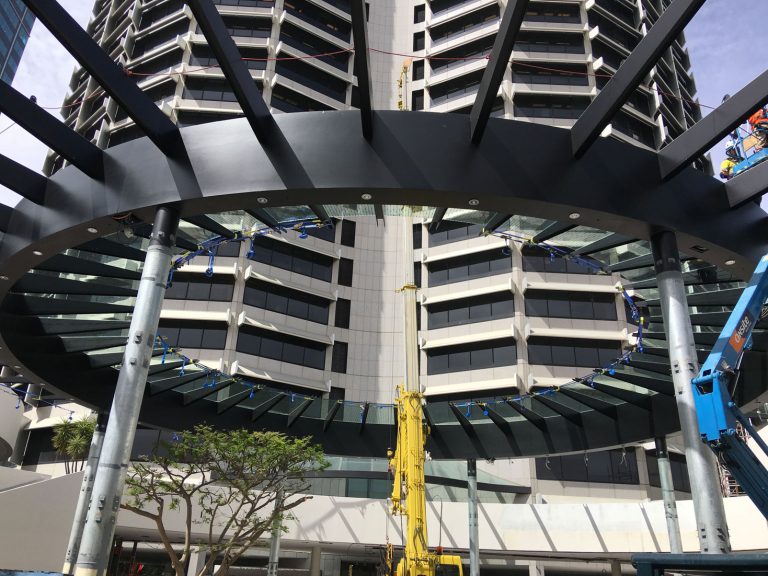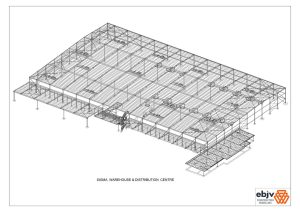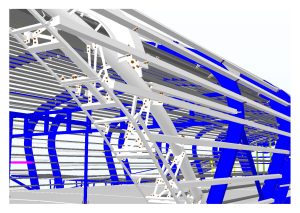The Oculus, a landmark transportation hub located at the World Trade Center in New York City, USA, is more than just a structure; it’s a symbol of resilience and rebirth. This iconic transportation hub connects multiple subway lines and the PATH train system, serving as a vital transit point for thousands of commuters and visitors daily.
Construction began in 2008 and faced significant challenges, including integrating the new structure with the existing subway lines and PATH train system. Two massive tower cranes, specially designed for the project, were used to erect the complex steel structure. The Oculus is comprised of approximately 11,500 tons of structural steel, forming a vast elliptical concourse bathed in natural light thanks to a skylight running the length of the structure.
The central skylight, known as the “oculus,” is a 330-foot-long operable structure that allows natural light to flood the interior. The roof’s assembly required precision engineering to ensure alignment and functionality.
The design includes advanced structural systems to withstand seismic activity and other potential impacts, ensuring the safety and stability of the hub. The construction process prioritized sustainability, incorporating energy-efficient systems, sustainable materials, and environmentally friendly practices.
The construction of the Oculus at the World Trade Center represents a remarkable achievement in modern architecture and engineering. Its distinctive design, combined with advanced construction techniques and a focus on resilience and sustainability, makes it a symbol of innovation and hope. The Oculus not only serves as a critical transportation hub but also stands as a testament to New York City’s enduring spirit and dedication to forward-thinking design.






